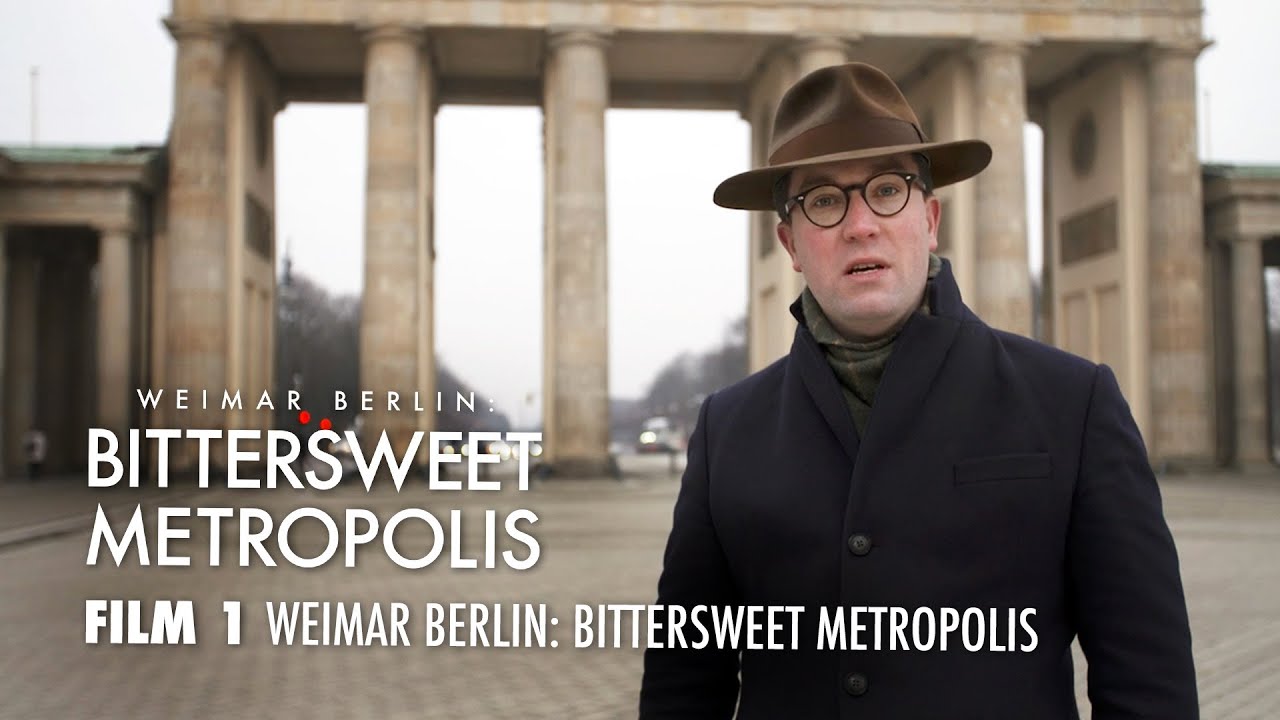Characteristics of Renaissance Music
Summary
TLDRThe Renaissance period of music (1400-1600) was a time of immense innovation, driven by Italy's cultural dominance. Key characteristics include the emergence of the violin, polyphony, counterpoint, and the division between sacred and secular music. Instruments like the lute, harpsichord, and sackbut were common, while composers such as Josquin des Prez and Palestrina played a significant role. The madrigal, often expressing themes of unrequited love, was a hallmark of the period. Instrumental music began to gain prominence, laying the foundation for future musical developments, influencing Baroque music and beyond.
Takeaways
- 🎶 The Renaissance period of music spans from 1400 to 1600, marked by significant developments in the arts and sciences.
- 🎻 Italy, particularly under the influence of Catherine de' Medici, was a dominant cultural force, with support for instruments like the violin.
- 🎼 Renaissance instruments included early versions of violins, recorders, flutes, shawms, valveless trumpets, sackbuts, and various keyboard instruments prone to tuning issues.
- 🎵 Popular string instruments included the lute, mandolin, theorbo, harp, and the hurdy-gurdy, alongside percussion like tambourines and drums.
- 🎶 Polyphony and counterpoint were significant features of both sacred and secular music during this period, with modal music being a hallmark of the era.
- ⛪ Sacred music, particularly Masses, was a central part of composers' work, with composers like Guillaume Dufy, Josquin des Prez, and Palestrina being prominent.
- 🎤 The madrigal was a vital form of music, capturing the emotions of unrequited love, yearning, and heroism, with Claudio Monteverdi being a master.
- 💃 Instrumental music started to gain prominence, with paired dance pieces leading to the development of Baroque music suites.
- 🎶 The Renaissance laid down many musical conventions that influenced the subsequent Baroque period.
- 🎻 Renaissance music, known for its aesthetic beauty and innovation, continues to be popular centuries later.
Q & A
What time period does the Renaissance music period cover?
-The Renaissance music period covers approximately 1400 to 1600.
Which country and culture dominated the Renaissance music period?
-Italy dominated the Renaissance music period.
Who was Catherine Medici, and how did she influence Renaissance music?
-Catherine Medici was a significant figure in the Renaissance who supported musical and artistic changes, including giving strong backing to the violin, which greatly influenced the music of the time.
What were some common instruments used during the Renaissance period?
-Common instruments included the violin family, recorders, simple flutes, the shawm (an early oboe), valveless trumpets, the sackbut (an early trombone), virginals, harpsichords, clavichords, lutes, mandolins, theorbos, harps, and the hurdy-gurdy.
What were the main percussion instruments in the Renaissance period?
-Percussion instruments included small to medium drums, tambourines, and shakers.
What changes occurred in musical composition from the medieval to the Renaissance period?
-Renaissance composers moved away from the rhythmic complexities of late medieval music, focusing more on polyphony, counterpoint, and smoother lines with an emphasis on cadence points.
What is modal music, and why is it significant to the Renaissance period?
-Modal music, which gives the Renaissance its distinctive sound, was common during this era and is now more associated with contemporary folk music. It played a key role in defining the era's unique musical character.
What is the difference between sacred and secular music in the Renaissance?
-Sacred music was composed for the Church, often involving Mass settings of Latin texts, while secular music was performed at Court or in other non-religious settings, with different themes and forms like the madrigal.
What was the madrigal, and why was it important during the Renaissance?
-The madrigal was a significant form of Renaissance music, often exploring themes like unrequited love or heroic tales, characterized by imitation and subtle counterpoint. It captured the spirit of the age and was widely appreciated.
Which composers are associated with Renaissance music, and why are they notable?
-Notable Renaissance composers include Guillaume Dufay, Guillaume de Machaut, Josquin des Prez, Palestrina, and Claudio Monteverdi. They contributed to the development of polyphony, counterpoint, and important musical forms like the madrigal.
Outlines

Esta sección está disponible solo para usuarios con suscripción. Por favor, mejora tu plan para acceder a esta parte.
Mejorar ahoraMindmap

Esta sección está disponible solo para usuarios con suscripción. Por favor, mejora tu plan para acceder a esta parte.
Mejorar ahoraKeywords

Esta sección está disponible solo para usuarios con suscripción. Por favor, mejora tu plan para acceder a esta parte.
Mejorar ahoraHighlights

Esta sección está disponible solo para usuarios con suscripción. Por favor, mejora tu plan para acceder a esta parte.
Mejorar ahoraTranscripts

Esta sección está disponible solo para usuarios con suscripción. Por favor, mejora tu plan para acceder a esta parte.
Mejorar ahoraVer Más Videos Relacionados

ARTS Grade 9 (2nd Quarter MAPEH) - Arts of Renaissance and Baroque Period

The Renaissance [Music History]

ARTS 9 | QUARTER 2 | ARTS OF THE RENAISSANCE AND BAROQUE PERIOD | Zer Les

Intro to the Baroque Period of Classical Music

Weimar Berlin: Bittersweet Metropolis (1/6)

PERISTIWA PENTING DI EROPA : RENAISANCE
5.0 / 5 (0 votes)
